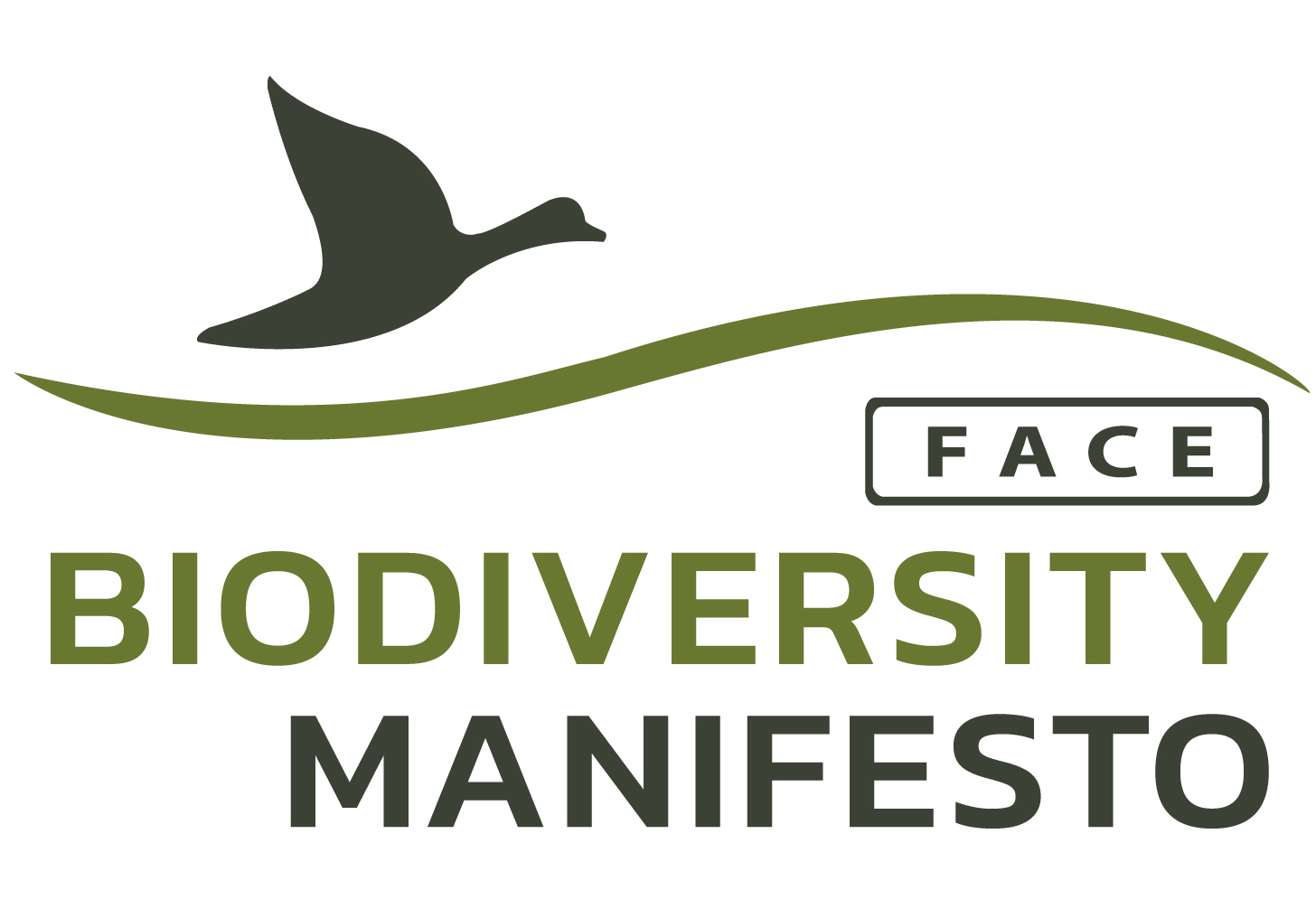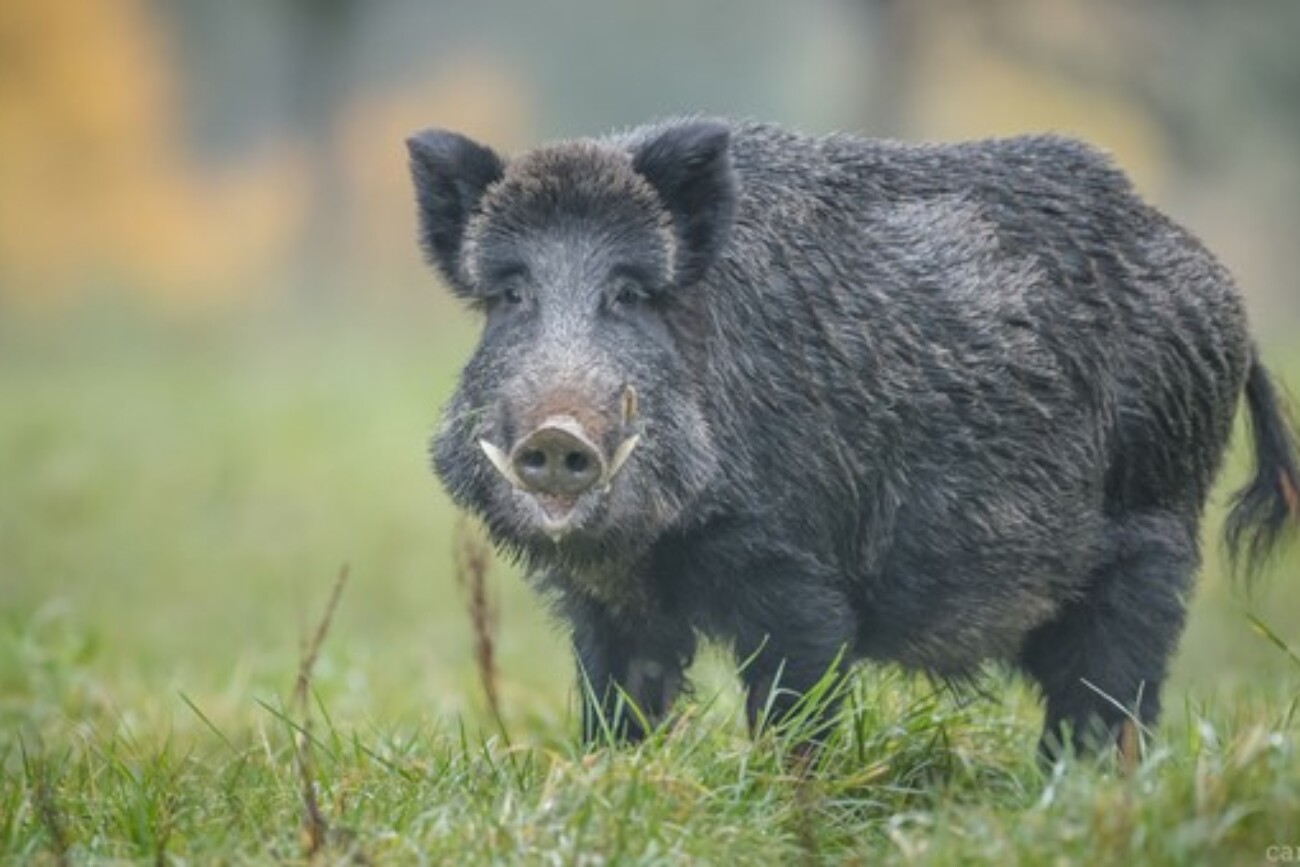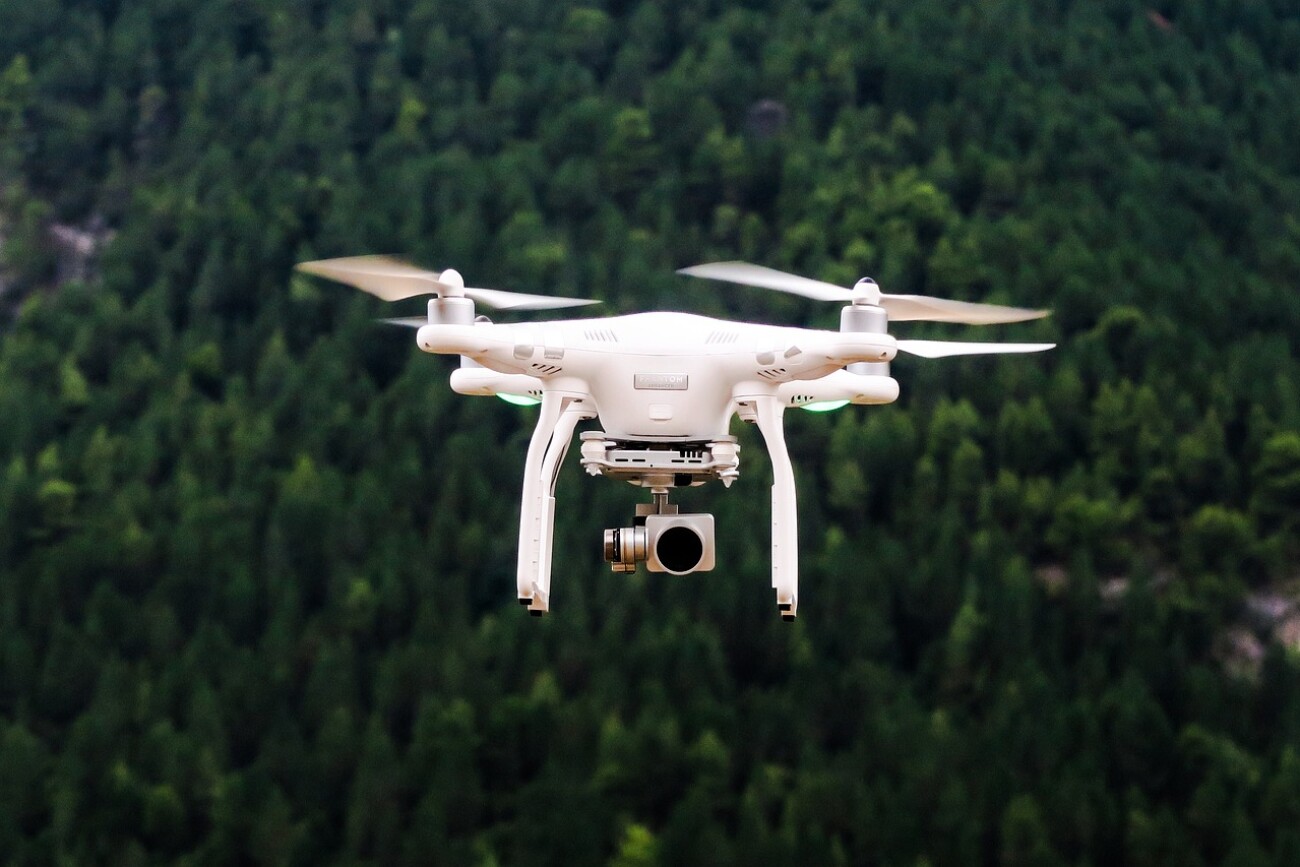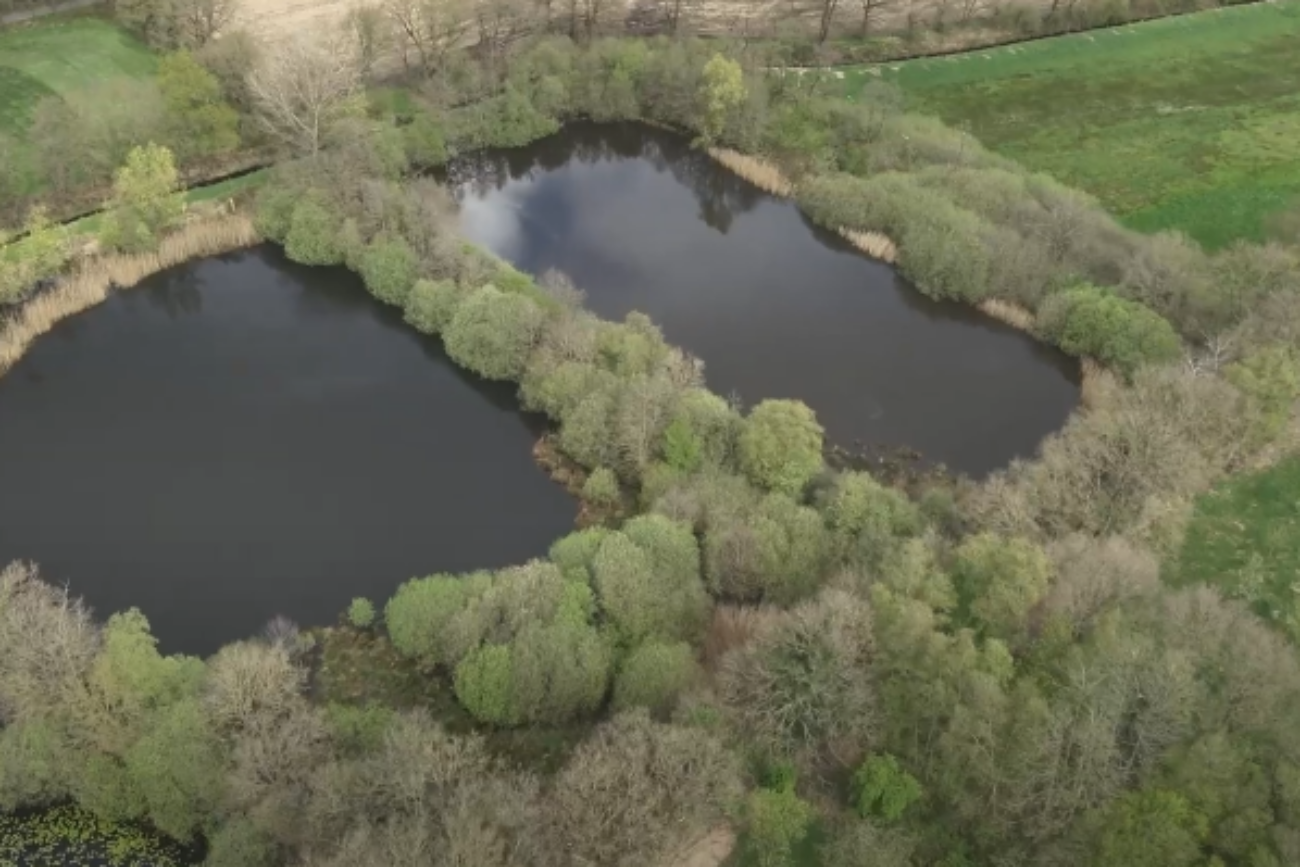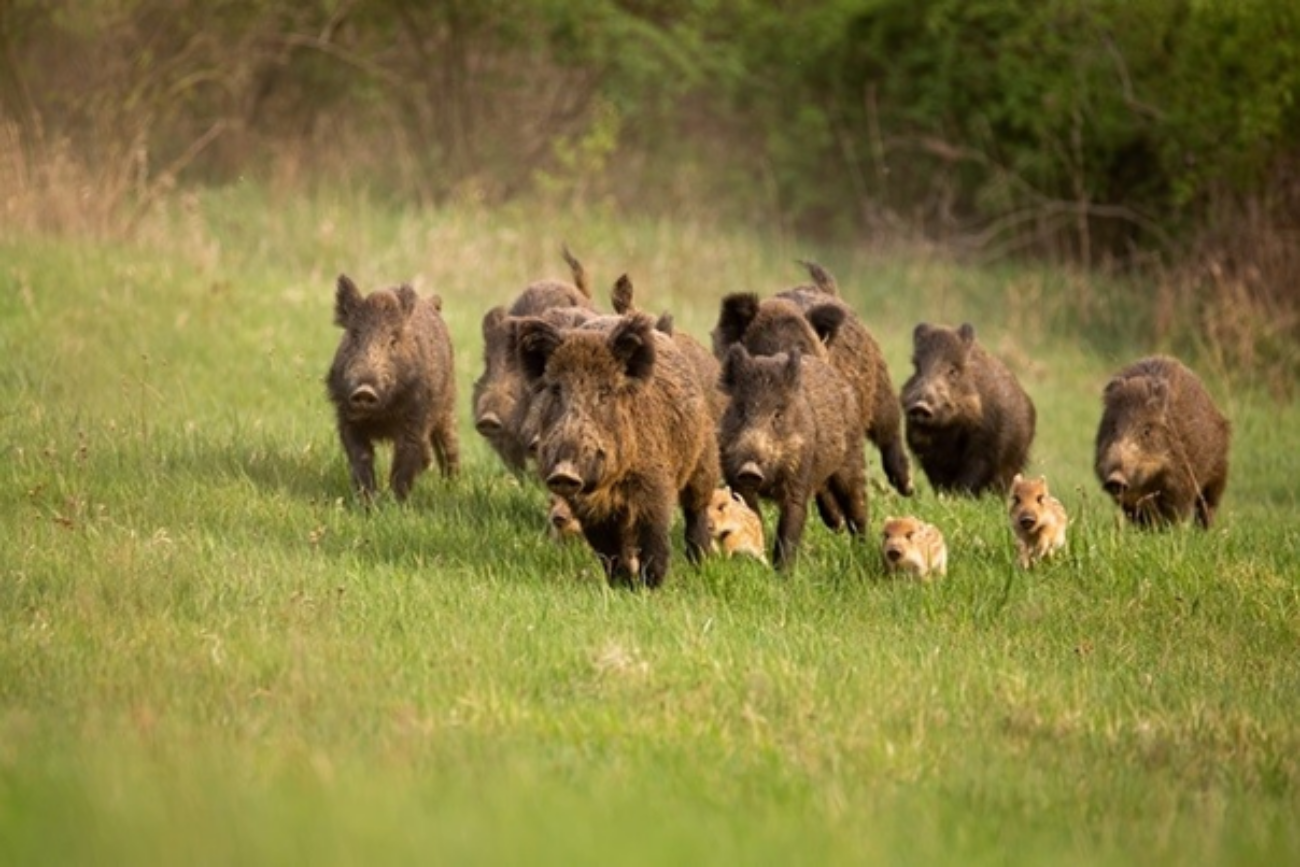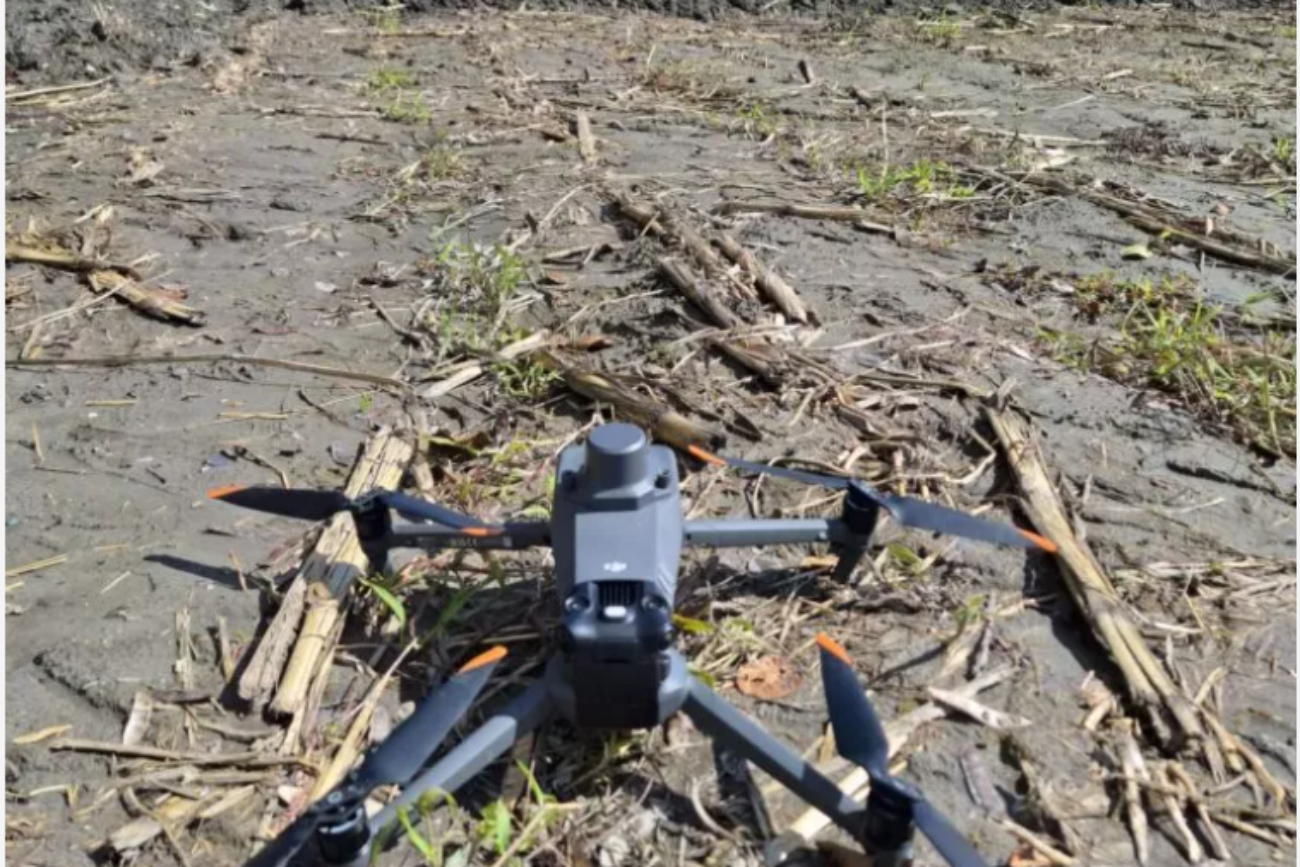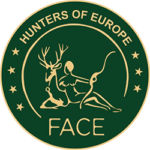African Swine Fever (ASF) continues to pose a serious threat to wild boar populations and domestic pig farming across Europe. In an encouraging development, drones funded by Germany’s Federal Ministry of Food and Agriculture (BMEL) for fawn rescue can now also be used to locate wild boar carcasses as part of ASF control measures. This extension of the funding program was made possible through a revision of the Federal Office for Agriculture and Food (BLE) guidelines, enabling hunters to maximize the use of this technology in disease containment efforts. The updated guidelines stipulate that any ASF-related drone operations must be reported to the BLE using the appropriate forms.
Drones equipped with thermal imaging cameras have proven particularly effective for locating carcasses in challenging terrains such as reed beds, which are difficult to access by other means. Rapid detection of infected wild boar carcasses is critical to preventing further spread of ASF. In response to recent outbreaks in wild boar populations in Hesse and Rhineland-Palatinate, hunters are stepping up their efforts to control the disease and mitigate its devastating effects on wildlife and agriculture.
In addition to operational enhancements, the German Hunting Association (DJV) has called on federal authorities to ensure comprehensive legal and practical support for volunteers using drones in ASF control missions. DJV President Helmut Dammann-Tamke has requested clarity on liability insurance for drone operators and helpers during carcass testing and has appealed for exemptions from air traffic regulations similar to those granted to emergency response teams. These measures are essential to guarantee legal certainty and to support hunters in their vital work.
EU Policy Relevance
This initiative aligns closely with the European Union’s Animal Health Law (Regulation 2016/429), which emphasizes the importance of preventing and controlling the spread of animal diseases, including ASF, within and across member states. Early detection and rapid response to outbreaks are central to this policy framework, making the innovative use of drones an exemplary measure. Furthermore, ASF management ties into the EU’s broader Biodiversity Strategy for 2030, as disease outbreaks can disrupt ecosystems and wildlife populations. The funding and operational guidance provided by the German government serve as a best-practice model for other member states to consider in their own efforts to combat ASF.
Why is this drone technology important in the fight against African Swine Fever?
1. Rapid Detection of Carcasses
ASF spreads primarily through contact with infected wild boars or their carcasses. Detecting and safely removing carcasses is essential to break the chain of infection. Drones equipped with thermal imaging cameras can quickly locate carcasses in dense or inaccessible areas, such as reed beds and forests, where ground searches would be time-consuming and less effective.
2. Coverage of Hard-to-Reach Areas
Wild boar populations often inhabit remote, rugged terrains that are difficult to access on foot or by vehicle. Drones provide a bird’s-eye view, allowing hunters and wildlife managers to monitor large areas efficiently and identify infected animals or carcasses in places otherwise overlooked.
3. Minimizing Human Contact
ASF is not dangerous to humans, but direct handling of carcasses poses a risk of spreading the virus via contaminated equipment, clothing, or vehicles. Drones reduce the need for extensive ground searches, limiting human exposure and the potential for unintentional transmission.
4. Speed and Efficiency
ASF containment relies on rapid response. Traditional methods of carcass detection can be slow and labor-intensive. Drones can survey extensive areas quickly, enabling faster removal of infected animals and reducing the risk of the disease spreading further into wild boar populations or domestic pig farms.
5. Conservation of Resources
Drone technology allows authorities to allocate resources more effectively by targeting specific high-risk areas rather than conducting widespread searches. This focused approach conserves time, labor, and financial resources, which are critical during disease outbreaks.
6. Wildlife Monitoring and Long-Term Benefits
Beyond ASF, drones provide valuable tools for broader wildlife monitoring and management. Their use can support habitat assessments, population surveys, and other conservation measures, making them a multifunctional asset for hunters and wildlife managers.
7. Alignment with EU Disease Control Priorities
The use of drones directly supports EU initiatives for animal health and disease prevention, such as the Animal Health Law (Regulation 2016/429). This law prioritizes early detection, rapid response, and effective containment strategies to prevent cross-border disease outbreaks.
In summary, drone technology is not only vital for ASF control but also enhances the overall effectiveness of wildlife and disease management, providing long-term benefits for conservation and agriculture.
By leveraging advanced technology and ensuring collaboration between hunters and authorities, the fight against ASF highlights the critical role of hunters in protecting both biodiversity and agricultural interests at a European level.
For more information please visit:
